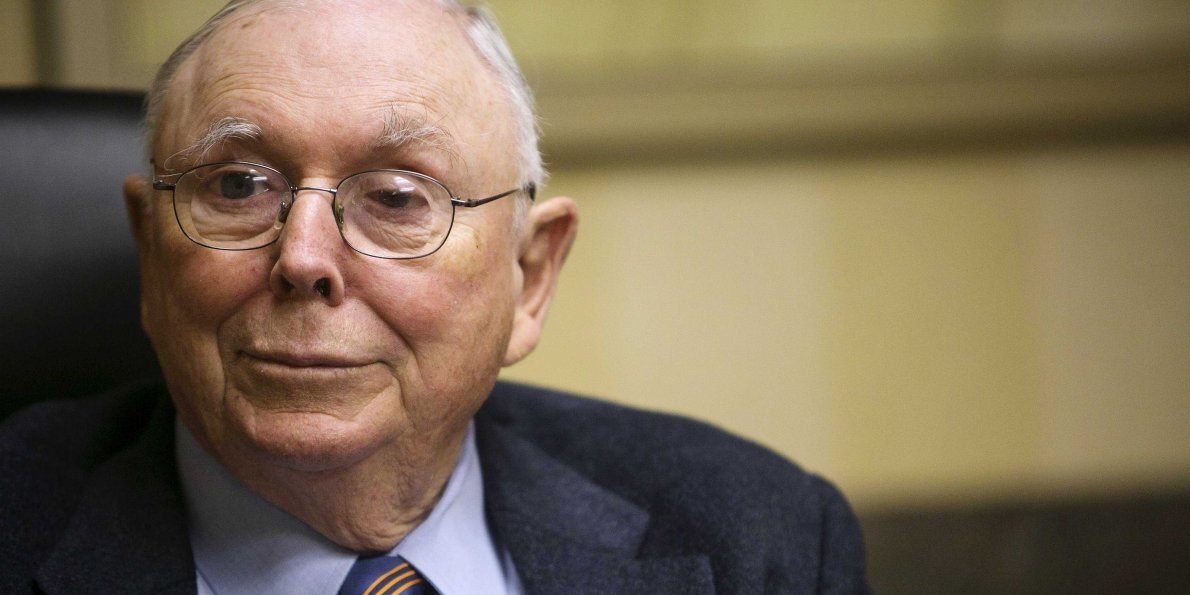
You might not be aware of him, but Irving Kahn is one of the best value investors to have ever lived.
Unlike other, more famous value investors, Kahn kept a relatively low profile during his career, but that does not mean his advice is any less relevant.
Born in 1905, Kahn’s investing career began in 1928. He continued value investing until his death a few years ago. Kahn was one of the few value investors who were able to learn from the godfather of value investing himself, Benjamin Graham. In fact, Kahn worked closely with Graham over his career, even assisting as Graham’s teaching assistant at Columbia University Business School. He went on to contribute to Graham’s bible on value investing, “Security Analysis,” by providing some statistical help.
Such a close relationship with Graham helped Kahn build his value mentality, and he was able to add to this base education over the course of his career as he rode through the peaks and troughs of the market.
Indeed, Kahn’s long life gave him an unrivaled knowledge of the market, stocks and trading psychology. Kahn’s career started in the days when it was not easy to find an undervalued equity; you had to do the hard work yourself:
“I understand that net-net stocks are not too common anymore, but today’s investors should not complain too much because there were only a handful of industries in which to look for stocks in the old days. Now there are so many different types of businesses in so many different countries that investors can easily find something. Besides, the Internet has made more information available. If you complain that you cannot find opportunities, then that means you either haven’t looked hard enough or you haven’t read broadly enough.”
Kahn wrote few thought pieces over his career but those he did pen are fascinating. In 2012, a letter to Kahn’s investors from himself was published on Bloomberg. It contained some advice on the state of the market and thoughts on the market rally that was in place since 2009:
“I’ve seen a lot of recoveries. I saw crash, recovery, World War II. A lot of economic decline and recovery. What’s different about this time is the huge amount of quote-unquote information. So many people watch financial TV—at bars, in the barber shop. This superfluity of information, all this static in the air.
There’s a huge number of people trading for themselves. You couldn’t do this before 1975, when commissions were fixed by law. It’s a hyperactivity that I never saw in the ’40s, ’50s, and ’60s. A commission used to cost you a hell of a lot; you couldn’t buy and sell the same thing 16 times a day.”
With many decades of experience behind him at this point, Kahn’s views on the level of trading being conducted by investors are fascinating. This was only a few years ago, and in that time trading volumes have picked up further still. If Kahn thought there was too much information around in 2012, what would he have thought today?
What was his advice at the time? Well, Kahn warned readers that, considering the level of the market and overtrading, it’s best to look to protect the downside, don’t take on too much risk and stick to the basics because you never know when the decline will come:
“You say you feel a recovery? Your feelings don’t count. The economy, the market: They don’t care about your feelings. Leave your feelings out of it. Buy the out-of-favor, the unpopular. Nobody can predict the market. Take that premise to heart and look to invest in dollar bills selling for 50¢. If you’re going to do your own research and investing, think value. Think downside risk. Think total return, with dividends tiding you over. We’re in a period of extraordinarily low rates—be careful with fixed income. Stay away from options. Look for securities to hold for three to five years with downside protection. You hope you’re in a recovery, but you don’t know for certain. The recovery could stall. Protect yourself.”
The original article is authored by Rupert Hargreaves and is available here.









